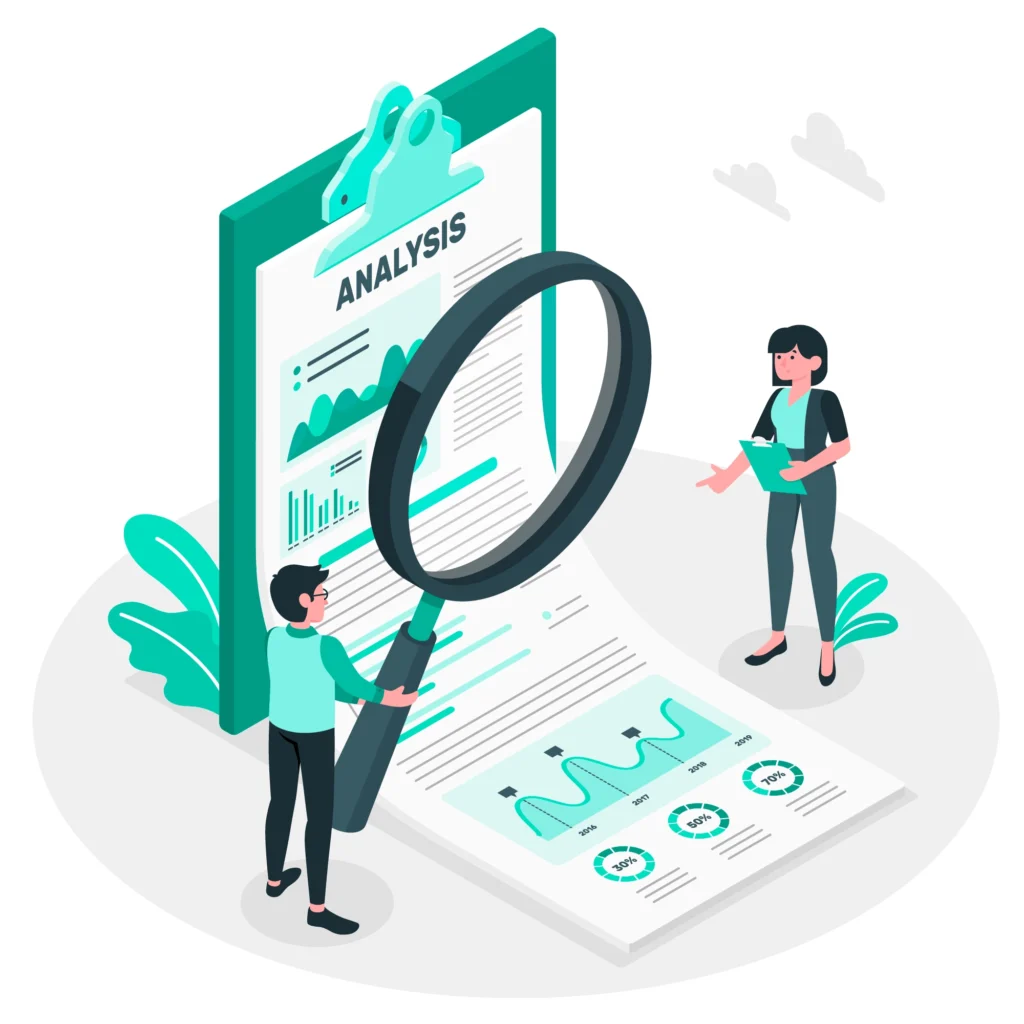Data-Driven Growth Marketing: Why Analytics Matter ?
In today’s digital world, data isn’t just an asset – it’s a game-changer. For growth marketers, leveraging data and analytics is critical to optimizing campaigns and driving sustainable growth. Gone are the days when decisions were made based on gut feelings or intuition. Today, successful marketers rely on data-driven strategies to stay competitive, delivering better experiences for customers while achieving higher returns for their efforts.
So, what makes data so crucial in growth marketing? Let’s dive into how analytics can transform your marketing campaigns.
The Power of Data in Growth Marketing
Data allows marketers to understand customer behavior, track performance, and make informed decisions that lead to better outcomes. With access to various metrics – from website traffic to user engagement, conversion rates, and customer lifetime value (CLV) – growth marketers can measure the effectiveness of their strategies and quickly adapt to what works.
Here are some keyways in which data plays a role in optimizing growth marketing efforts:
1. Enhancing Targeting and Personalization

One of the most impactful ways data is used in growth marketing is through improved targeting and personalization. By analyzing user data, growth marketers can segment their audience based on behaviors, preferences, demographics, and purchasing history. This allows them to create personalized campaigns that resonate with specific audience groups, driving higher engagement and conversion rates.
For example, email marketing campaigns that target segmented audiences based on purchase behavior can see significantly better performance compared to generic, mass emails. Personalized messaging increases relevance, which leads to higher click-through rates and better customer satisfaction.
2. Improving Customer Acquisition
Data-driven marketing allows marketers to fine-tune their acquisition strategies by analysing which channels, ads, and campaigns perform best. By tracking key metrics such as cost-per-acquisition (CPA), marketers can identify which marketing channels (social media, paid ads, SEO, etc.) are the most cost-effective in acquiring new customers.
Additionally, predictive analytics help marketers forecast trends and behaviors. With machine learning and data models, growth marketers can anticipate customer actions and adjust campaigns proactively, maximizing acquisition efforts while minimizing costs.
3. Optimizing the Customer Journey
Data helps marketers visualise the entire customer journey, from the first point of contact to the final conversion. With insights into how customers move through each stage of the marketing funnel—from awareness to consideration to decision—growth marketers can pinpoint bottlenecks and areas for improvement.
Analytics tools such as Google Analytics or heatmaps provide visibility into customer behaviors, such as which pages are generating the most traffic, where users drop off, and what actions drive conversions. This data allows marketers to optimize landing pages, improve user experience (UX), and reduce friction at critical points in the journey.
4. Boosting Retention and Reducing Churn
Growth marketing isn’t just about acquiring new customers – it’s about keeping them engaged. Retention metrics such as churn rate, repeat purchase rate, and customer satisfaction scores provide valuable insight into how well a brand is maintaining relationships with existing customers.
By analyzing retention data, growth marketers can identify the triggers that lead to churn and implement strategies to reduce it. For example, customer behavior analysis can show when users are likely to abandon a product or service, prompting proactive engagement, such as personalized offers or re-engagement emails, to keep them from leaving.
5. A/B Testing and Experimentation
One of the most effective ways to use data in growth marketing is through A/B testing and experimentation. Marketers can create different variations of ads, landing pages, email campaigns, and other content to test which version performs best. By measuring engagement rates, conversions, and other key performance indicators (KPIs), they can choose the winning variant and optimize future campaigns.

For example, testing different headlines, CTAs (calls-to-action), or layouts can reveal which elements drive the most engagement. Data from A/B tests can then be used to refine future campaigns and ensure resources are allocated to the highest-performing strategies.
6. Data-Driven Decision Making
Ultimately, data-driven growth marketing is about making informed decisions that maximize return on investment (ROI). When marketers base their decisions on hard data rather than assumptions, they can allocate budgets more effectively, choose the right channels, and implement strategies that are more likely to succeed.
From optimizing advertising spend to determining which content resonates most with the audience, data helps growth marketers make more accurate and actionable decisions. This reduces the risk of wasting resources on ineffective campaigns and ensures efforts are aligned with business goals.
Data is the Fuel for Growth
In growth marketing, data is the fuel that powers optimization, personalization, and scalable growth. Whether it’s improving targeting, optimizing the customer journey, or refining retention strategies, data-driven decisions lead to better performance and more effective marketing campaigns. Growth marketers who embrace analytics are in a stronger position to succeed, making data an essential component of any successful marketing strategy.
At Kikstaart Growth Hub, we specialize in data-driven, omnichannel marketing with a strong focus on growth marketing. Our team leverages advanced analytics to create personalized, impactful campaigns that drive sustainable growth for businesses. Whether you need to optimize customer acquisition, retention, or performance across multiple channels, we’re here to help you make data work for your business.

